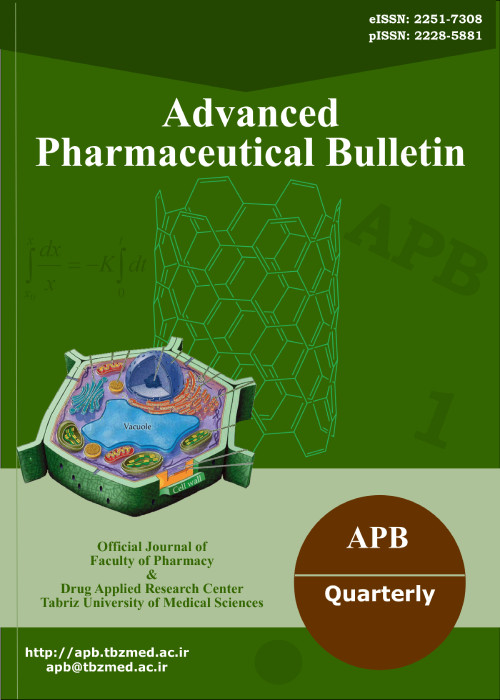Osteogenic Differentiation Potential of Adipose-Derived Mesenchymal Stem Cells Cultured on Magnesium Oxide/Polycaprolactone Nanofibrous Scaffolds for Improving Bone Tissue Reconstruction
Recently, bone tissue engineering as a new strategy is used to repair and replace bone defects due to limitations in allograft and autograft methods. In this regard, we prepared nanofibrous scaffolds composed of polycaprolactone and magnesium oxide nanoparticles using the electrospinning technique for possible bone tissue engineering applications.
The fabricated composites were characterized via scanning electron microscopy imaging of scaffolds and seeded cells, water contact angle, DAPI staining, and MTT assay. Then osteogenic differentiation of adipose-derived mesenchymal stem cells cultured on this composite scaffold was determined by standard osteogenic marker tests, including alkaline phosphatase activity, calcium deposition, and expression of osteogenic differentiation genes in the laboratory conditions.
The Scanning electron microscopy analysis demonstrated that the diameter of nanofibers significantly decreased from 1029.25±209.349 µm to 537.83+0.140 nm, with the increase of MgO concentration to 2% (p<0.05). Initial adhesion and proliferation of the adipose-derived mesenchymal stem cells on magnesium oxide/polycaprolactone scaffolds were significantly enhanced with the increasing of magnesium oxide concentration (p<0.05). The 2% magnesium oxide/polycaprolactone nanofibrous scaffold showed significant increase in ALP activity (p<0.05) and osteogenic-related gene expressions (Col1a1 and OPN) (p<0.05) in compared to pure polycaprolactone and (0, 0.5 and 1%) magnesium oxide/polycaprolactone scaffolds.
According to the results, it was demonstrated that magnesium oxide/polycaprolactone composite nanofibers have considerable osteoinductive potential, and taking together adipose-derived mesenchymal stem cells-magnesium oxide/polycaprolactone composite nanofibers can be a proper bio-implant to usage for bone regenerative medicine applications. Future in vivo studies are needed to determine this composite therapeutic potential.
- حق عضویت دریافتی صرف حمایت از نشریات عضو و نگهداری، تکمیل و توسعه مگیران میشود.
- پرداخت حق اشتراک و دانلود مقالات اجازه بازنشر آن در سایر رسانههای چاپی و دیجیتال را به کاربر نمیدهد.


